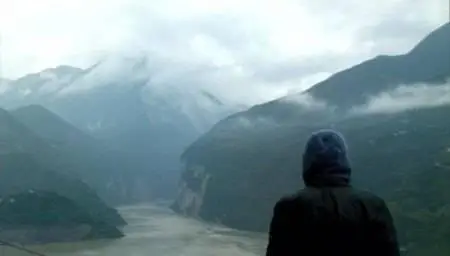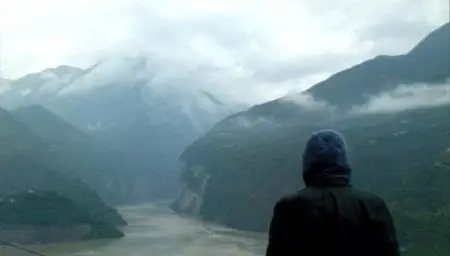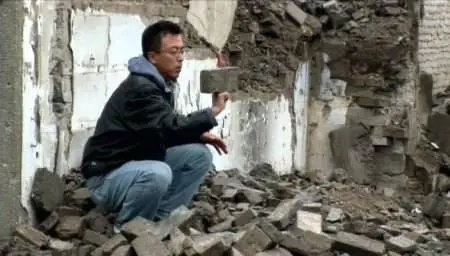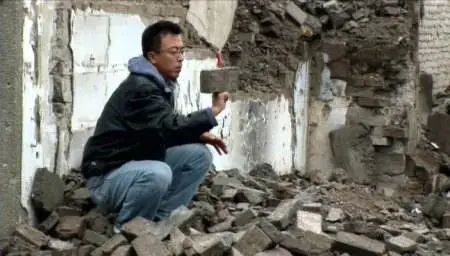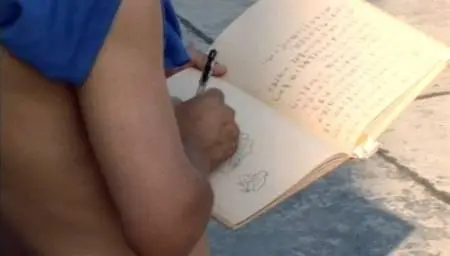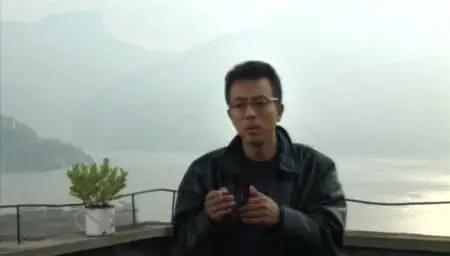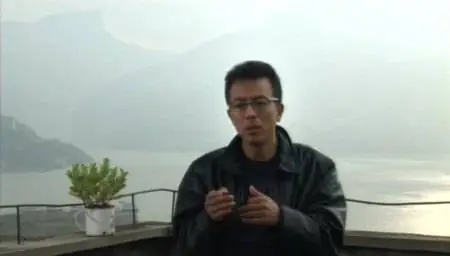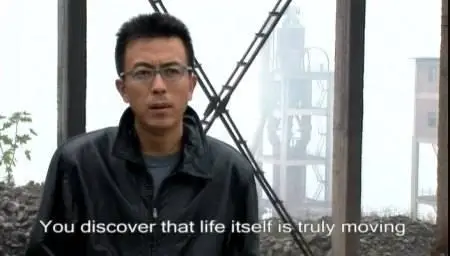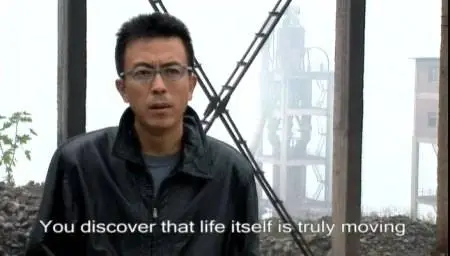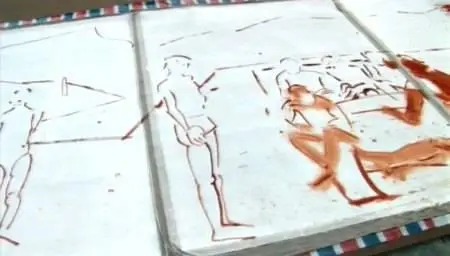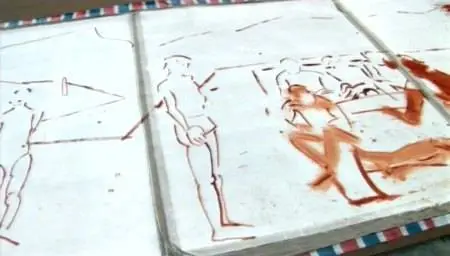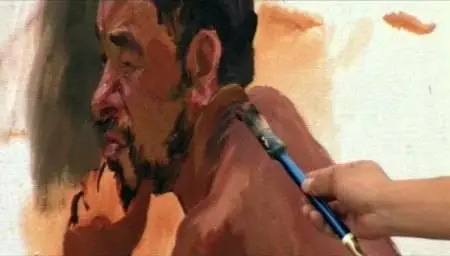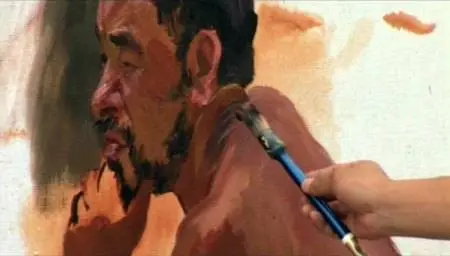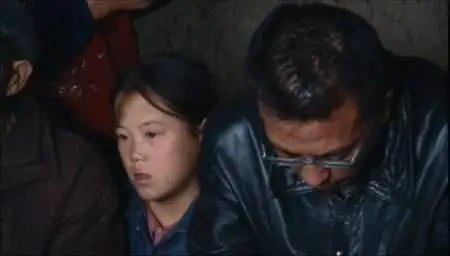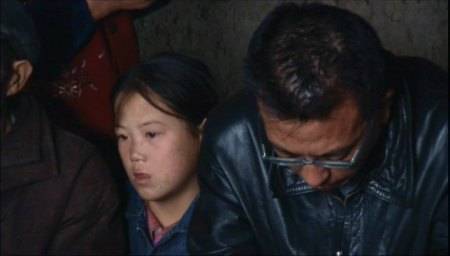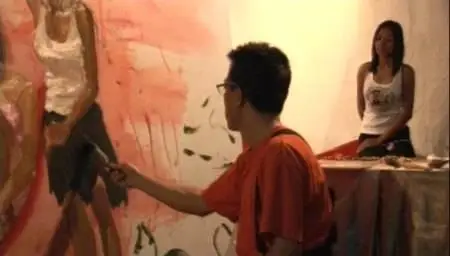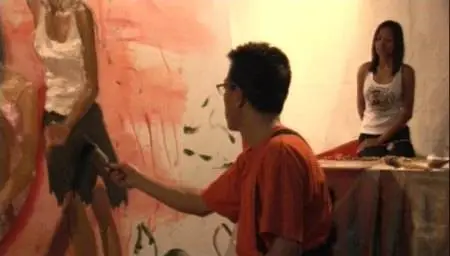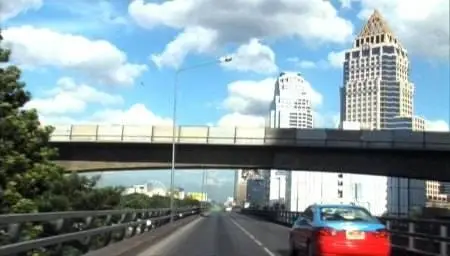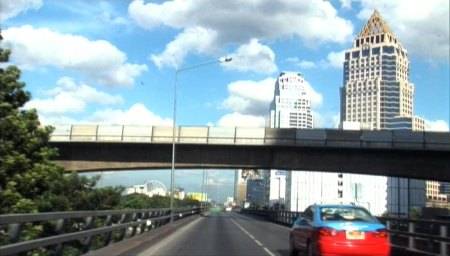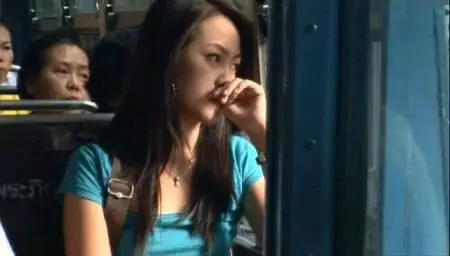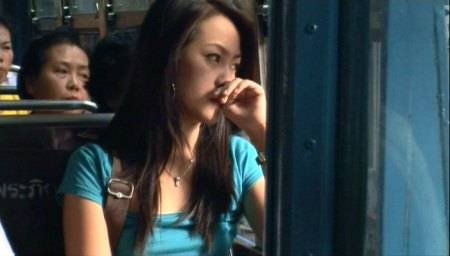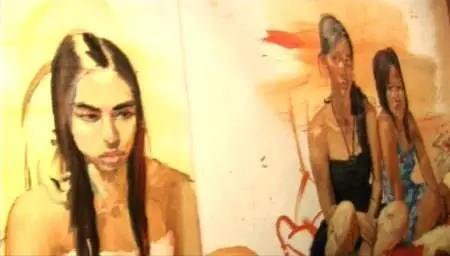Jia Zhang-Ke - Dong (2006)
734.6 MB | 1:07:29 | Mandarin with Eng.+Chinese s/t | XviD, 1250 Kb/s | 672x384
734.6 MB | 1:07:29 | Mandarin with Eng.+Chinese s/t | XviD, 1250 Kb/s | 672x384
Jia shot Still Life in some of the same locations and at the same time as the documentary Dong and the relationship between the two is provocative. Dong records the painter Liu Xiao Dong as he prepares two large-scale works, one of half-naked male workers in Fengjie lounging with the river as a backdrop, the second of female entertainment workers in Bangkok lounging en deshabille amidst fruits and furniture. In Dong, we are supposed to be seeing documentary truth, as the artist Liu paints real people in a real place. CinemaScope
In Dong, Jia Zhang-ke provocatively explores the possibilities of the documentary form, without venturing away from the cinematic terrain that has so quickly earned him a fervent following. As is the case with his features Platform, Unknown Pleasures and The World, Dong focuses upon ordinary people caught in the throes of a rapidly changing Chinese society. It is a small wonder of a film, blessed with the director’s signature austerely beautiful compositions and informal moments. It also features stirring music by Lim Giong, who so superbly set the mood in The World. TorontoFF
Jia travels with acclaimed painter Liu Xiao-dong, first to Fengjie in China, then to Bangkok. Part of the Cynical Realist movement, Liu is well-known for his monumental canvases, particularly those inspired by China’s Three Gorges Dam project. Fengjie is very much part of this world, a city by the Yangtze River in the process of being “de-constructed.” Liu captures gaunt male workers, shirtless, both at work and in repose. The space is framed by a stunning landscape into which signs of industrial relics slowly intrude; mountains of grey brick face an actual mountain across the river. This area will soon be inundated as the dam relocates over a million people and floods hundreds of kilometres of land, culture and history. TorontoFF
In the film’s second half, Liu travels to Bangkok, where he paints young female Thai models. Fengjie’s male workers may have been posed with playing cards and Bangkok’s models lounge in printed dresses with fruit, but despite the many oppositions – gender, climate, indoor versus outdoor – the two sets of paintings are united in the impassivity on their subject’s expressions, and in the cultural malaise they seem to embody. TorontoFF.
Liu and Jia mirror each other’s strong sense of social commentary: both are interested in the uneasy relationship among individuals, and between culture and modernity. So seamless is the artistic affinity between the two that the filmmaker’s compositions look progressively more like Liu’s paintings; the juxtaposition of frames and beings blur into each other until it finally seems that Liu has become a part of his own art, another figure on the evolving landscape he studies with so much passion. TorontoFF
Rapidshare.com (7 * 100 MB + 34.6 MB)
http://rapidshare.com/files/64557496/ZhangKeJia-Dong.part1.rar
http://rapidshare.com/files/64564078/ZhangKeJia-Dong.part2.rar
http://rapidshare.com/files/64571216/ZhangKeJia-Dong.part3.rar
http://rapidshare.com/files/64578367/ZhangKeJia-Dong.part4.rar
http://rapidshare.com/files/64586338/ZhangKeJia-Dong.part5.rar
http://rapidshare.com/files/64595423/ZhangKeJia-Dong.part6.rar
http://rapidshare.com/files/64604390/ZhangKeJia-Dong.part7.rar
http://rapidshare.com/files/64551820/ZhangKeJia-Dong.part8.rar
(Password-www.AvaxHome.ru)


